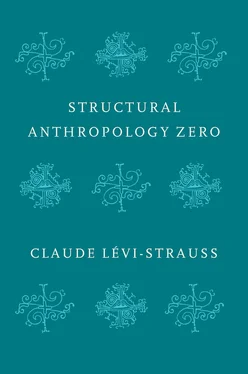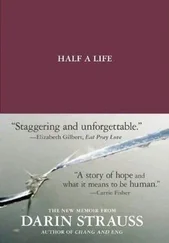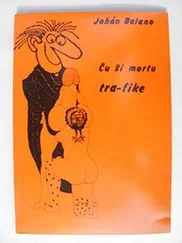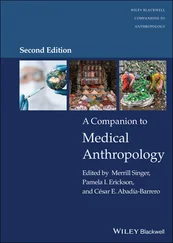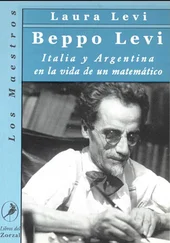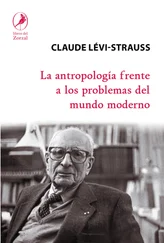In his eyes, the history of the world was now determined, and in some sense overwhelmed, by the expansion of Western modernity. No force, no regulatory mechanism could oppose it any longer. “We have placed the colonized people” in a “tragic position”: they are “forced to choose between ourselves or nothing.” 41This accounts for the absence of the colonial question from the work of Lévi-Strauss, since this return of the nation-state forced him to make a distinction between, on the one hand, “small traditional societies, protected by their own isolation from the ravages of civilization, with no other ambition than to live apart” from capitalist modernity and, on the other hand, peoples who wanted to “take part on an equal footing in international life and to become full members of industrial society, in relation to which they can only feel like latecomers.” 42The two do not belong to the same history or call for the same approach. In this respect, the turning point was probably “The Foreign Policy of a Primitive Society” ( chapter X) which articulated for the first time the idea on which Race and History was to conclude in 1952, and which was to become the central thesis, albeit in a much more pessimistic mode, of Race et Culture – namely the relative incommensurability of cultures and the need to maintain differences between groups. Making the “notion of humanity … coextensive with all human beings peopling the surface of the earth” was progress, but the foreign policy of the Nambikwara reminds us of the need for each group to continue to “think of itself as a group, in relation to and in opposition with other groups,” for this balance is the only way out of the alternative between “total war,” from which we had only just emerged in 1949, and “the utopian ideal of total peace” (p. 147).
The early 1950s was thus marked less by a withdrawal from politics as by a change of scale in thinking, as well as, it must be said, a rise in pessimism. For it was then that the “unilateral system” of Western civilization as a whole, and the fetishism of progress, became the targets of Lévi-Strauss’s critique. It was also then that he began to apply the thermodynamic metaphor of entropy to global history, in the rich sense the term entropy had recently acquired from information sciences and cybernetic theory – i.e. the multiplication of exchanges between human groups flattens and equalizes an enclosed world – and condemns it to disorganization. 43This did not prevent him from continuing for a few more years to act as an expert within the newly founded UNESCO, whose headquarters were in Paris, not far from the Musée de l’Homme. He was on the panel of scholars the organization formed in December of 1949 to reflect on what was to become UNESCO’s first Declaration on Race ; 44in August 1950, he went on a four-month mission to India and Pakistan to investigate “the state of the teaching of the social sciences in Pakistan”; and, at the behest of Alfred Métraux – who directed a collection of publications entitled “Race and Racism” – he wrote Race and History , which was published in 1952, at the same time as he became head of the UNESCO International Social Science Council. As Wiktor Stoczkowski has noted (and as opposed to Lévi-Strauss’s own later account), he was very actively involved, at least during the first few years, even if his interventions betrayed a certain scepticism regarding the principles governing the organization. 45It was within this framework that his thinking on a “generalized humanism” 46developed from his critique of traditional humanism, which was in his view poisoned from the start by the “self-love” that had led man to isolate himself from his environment and from the rest of the living world. It was then that he became convinced – sounding incongruous at the time and resonating with disturbing relevance today – that “these recognized rights of humanity as a species will encounter their natural limits in the rights of other species.” 47
The genocide of Amerindians and the destruction of European Jews
Yet this account of the 1950s turning point as a direct consequence of disillusionment remains unsatisfying; there is something too easy and too deliberate about it, which does not quite fit with Lévi-Strauss’s intellectual personality. I would like to hazard another possible narrative, one which affords a decisive role to the South Asian experience. The ordeal of his stay in India and Pakistan in the fall of 1950, and the ways it resonated for him, caused an element to resurface that had been hitherto sidestepped in his anthropological thinking: the extermination of European Jewry.
As with other authors and scholars of the war generation, it is very difficult to tell exactly when Lévi-Strauss took the full measure of the Shoah or to gauge its effects on his intellectual life. But there is unquestionably a profound and palpable difference between the American 1940s and the moment of his return to Europe, between the relative optimism of the New York writings, despite the trials of exile, and the tragic prophecies on entropic humanity of the 1950s. A close reading of Tristes Tropiques reveals two things: first, events make sense for Lévi-Strauss only in retrospect, they never impart their true significance in the moment; and, second, this significance always comes from a serialization of an event with others, which, in retrospect, appear to him comparable. These are deeply ingrained features of his thought process, as well as characteristics of structural anthropology itself: “social science is no more founded on the basis of events than physics is founded on sense data,” as he was to write in Tristes Tropiques . 48It is through the process of contrasting isolated elements that their relevant traits can be determined. Whereas Lévi-Strauss probably discovered the reality of the Shoah in 1945, it was only the traumatizing experience of South Asia that made it painfully thinkable – and that made him realize, reluctantly, that the story was also to some extent his own, however much the assimilated Jewish scholar thought of himself as a “Frenchman of Jewish descent” rather than a “French Jew.” 49
Insufficient attention has been paid to the fact that Tristes Tropiques , beyond the opening declaration of hatred of traveling, begins with a description of an Atlantic crossing of “convicts” aboard the Capitaine-Paul-Lemerle , the “filthy, overcrowded boat” which transported several hundred refugees, Jewish for the most part, as well as persecuted artists and intellectuals, among them André Breton, Victor Serge, Anna Seghers and Wifredo Lam. What Lévi-Strauss retained from this experience was less the ill treatment by the gendarmes of those they regarded as riffraff than the unbearable lack of privacy and dehumanization of the passengers, packed as “human cargo” for four weeks onto a ship that had only two cabins. The dehumanization was further compounded by the reception given to this shipment of “livestock” by the officers in Fort-de-France, who were “suffering from a collective form of mental derangement” and saw the arrivals as “a cargo of scapegoats” intended to “relieve their feelings,” to be insulted and then interned in a concentration camp on the southern part of the island. 50Too busy at the time to analyze the event, Lévi-Strauss regained his anthropological perspective when he recalled these episodes, now seeing them as situations in which the very conditions of social life were suspended.
The first chapters of Tristes Tropiques (which for the reader are then eclipsed by the famous pages and photographs depicting the Amerindians of Brazil) thus present a series of “outbreaks of stupidity, hatred and credulousness which social groups secrete like pus when they begin to be short of space” 51– a spectacle of arbitrary justice in Martinique, altercations with the Brazilian police in Bahia and with the American police in Puerto Rico, etc. The same images and often the same words – “swarming,” “infection,” “human cargo” – resurface in the pages on Calcutta and Delhi: dehumanization appears first and foremost as a consequence of a lack of space. The similarity between the experience of being “fodder for the concentration camp” 52and that of South Asian cities then explicitly emerges in reference to the modern caravansaries of Calcutta – not in the moment, in Lévi-Strauss’s travel notes, but retrospectively, in the sequencing of the past that he offered four years later in Tristes Tropiques : “As soon as the human cargo has got up and been dispatched to its devotions, during which it begs for the healing of its ulcers, cankers, scabs and running sores, the whole building is washed out by means of hoses so that the stalls are clean and fresh for the next batch of pilgrims. Nowhere, perhaps except in concentration camps, have human beings been so completely identified with butcher’s meat.” 53
Читать дальше
